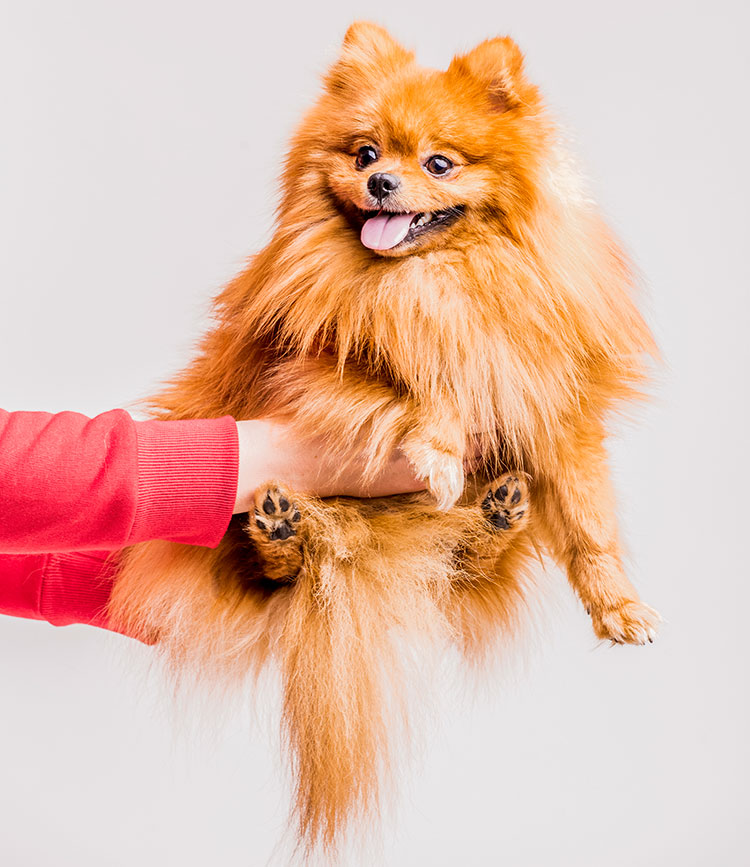8 Tips for Healthy Dog Skin and Coat – JOJO Pets
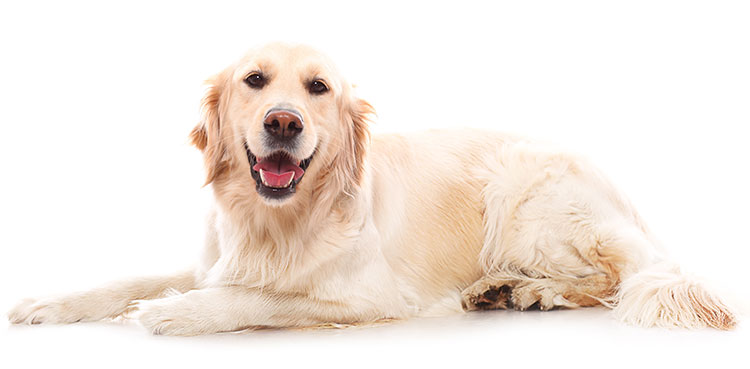
Image credit: Freepik.com
For many dog owners, there’s nothing quite as satisfying as seeing their beloved canine sport a healthy and silky coat. A dog’s skin and coat serve as clear indicators of their overall well-being. The good news is that ensuring the wellness of your dog’s skin and coat is much simpler than you’d imagine.
1. Regular Dog Baths with Hypoallergenic Dog Shampoo
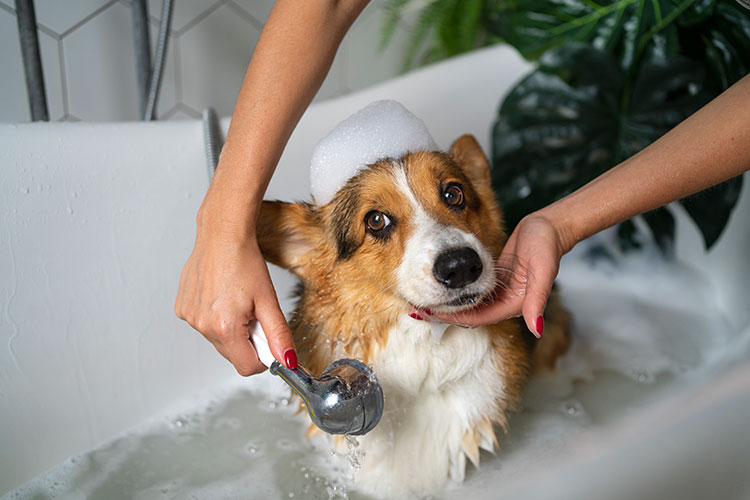
Image credit: Freepik.com
Regular baths with hypoallergenic or natural products are essential for removing allergens, dirt, debris, and odours from your dog’s skin and coat. The frequency of dog baths depends on factors like fur length, thickness, existing skin conditions, and more. While recommendations may vary, a general guideline is to bathe your dog every two to eight weeks. However, be cautious not to overdo it, as excessive baths can lead to dryness and flakiness in their coat and skin.
When selecting dog shampoos, opt for those that are all-natural or hypoallergenic, as they are gentle on your dog’s coat. Additionally, you can also explore dog shampoo options enriched with vitamins, minerals, and proteins that enhance the natural shine of your dog’s coat.
2. Schedule Regular Dog Grooming
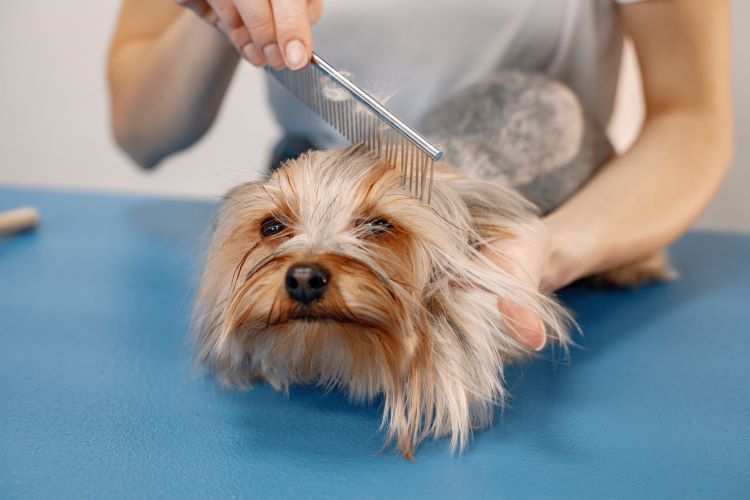
Brushing your dog’s fur isn’t just a wonderful way to bond – it serves a range of important purposes too! Regular brushing effectively spreads the natural oils on their skin, providing more lubrication and protection to their coat. This practice also works wonders in eliminating loose fur, preventing tangling and matting, and encouraging improved blood and air circulation. With an array of choices available – from pin brushes to combs and undercoat brushes – you can choose the best fit for your dog’s individual needs.
3. Provide a Well-Balanced Dog Diet
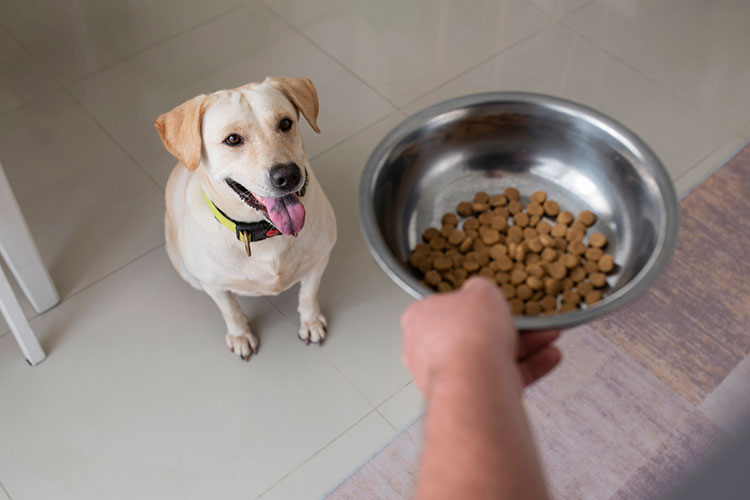
Image credit: Freepik.com
To ensure your dog’s skin health and achieve that silky coat, a complete and balanced diet is essential. Your dog’s nutritional needs encompass quality proteins, carbohydrates, fats, minerals, and vitamins, all meticulously balanced to sustain their well-being. As your dog consistently regenerates new hair and skin cells, they require energy – a need that can only be met through adequate calorie intake.
If your dog has a diet of substandard quality or one that is difficult to digest, the extraction of necessary nutrients from their food might be compromised. It’s important to bear in mind that the ingredient list on pet food packaging doesn’t necessarily reflect the quality of the ingredients or the bioavailability of nutrients. Poorly balanced diets can disrupt specific bodily systems and contribute to impaired skin function. This scenario is most frequently observed with improperly balanced homemade meals or the improper addition of vitamin and mineral supplements to diets.
Tailoring your dog’s diet to their specific life stage (whether they’re a puppy, adult, or senior) and their current health condition is of utmost importance. The landscape of dog diet options can be bewildering, but it’s always a prudent decision to consult your veterinarian for any inquiries regarding your dog’s nutrition.
4. Boost Your Dog’s Coat Health with Supplements
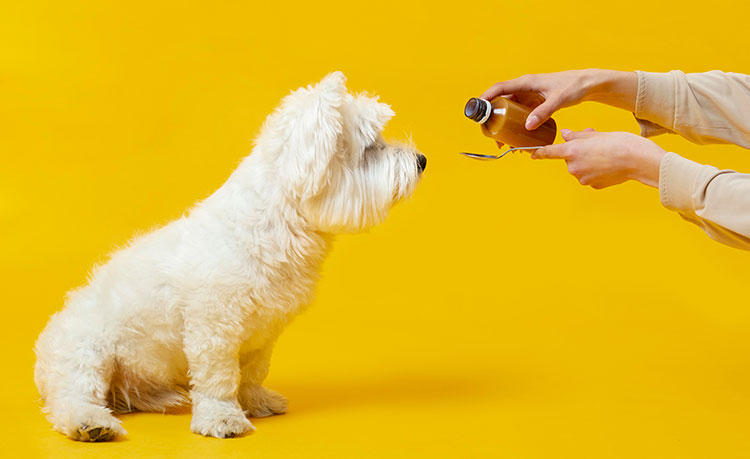
Image credit: Freepik.com
Pet store shelves are filled with an array of supplements aimed at nurturing a healthier coat for dogs. Many of these products feature Omega-3 fatty acids as a key ingredient, often combined with other beneficial elements. Omega-3 fatty acids have consistently demonstrated their efficacy in promoting skin and coat health, and they are frequently found in commercial dog foods aimed at enhancing coat quality.
Aside from their natural anti-inflammatory properties, Omega-3 fatty acids contribute to fortifying the skin’s inherent fatty acid barrier while infusing beneficial fats that enhances the silkiness and resilience of your dog’s coat. Cold water fish such as anchovies, sardines, and salmon stand out as prime sources of Omega-3 fatty acids for dogs. Dogs lack the enzymes necessary to convert plant-based omega-3s into the biologically active forms EPA and DHA, making sources like hemp seed and flax seed less beneficial in this context.
Coconut oil stands as an alternative source of healthy fats for dogs when given in moderation. Although not a primary source of omega-3 fatty acids, coconut oil provides nourishing fats that can bolster the skin’s protective barrier and nurture the coat of your dog. Moreover, it can be applied topically on dogs to alleviate dry skin, noses, and paw pads.
Navigating the variety of coat and skin health supplements might seem daunting. Seeking recommendations from your veterinarian will ensure that your investment in a product or supplement will genuinely benefit your dog’s well-being.
5. Provide Consistent Parasite Prevention
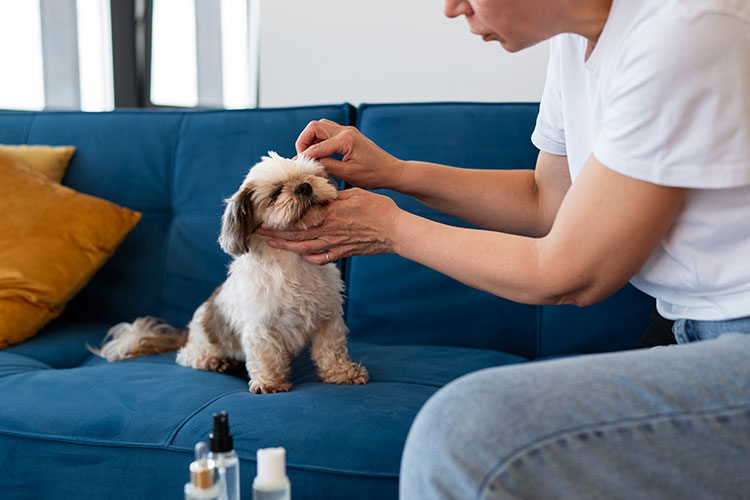
Image credit: Freepik.com
The presence of external parasites, like fleas and ticks, can lead to skin irritation in your dog, triggering scratching, biting, or chewing. This self-inflicted trauma results in tiny skin tears and secondary infections, leaving your dog with inflamed, crusty skin and a lackluster, thin coat. Moreover, these pests carry a range of diseases, some of which can pose serious threats to your dog’s health. These tiny insects are often elusive to pet owners, making it crucial to maintain year-round protection for your dog, even if you don’t spot any fleas or ticks.
Parasites such as hookworms and roundworms thrive by extracting nutrients from their hosts. Dogs hosting these intestinal parasites experience nutrient depletion, leading to a decline in the quality of their coat. Conducting annual stool tests to check for worms and adhering to your veterinarian’s recommended deworming schedule play a vital role in preventing internal parasites from robbing your dog of essential nutrients.
6. Managing Dog Allergies Effectively
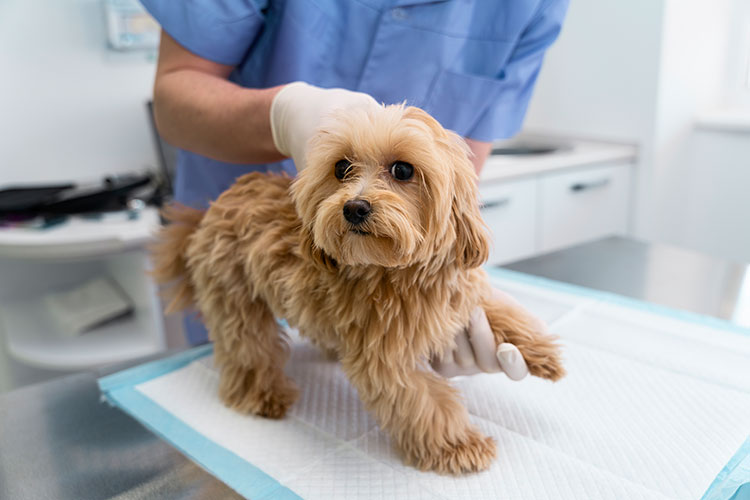
Image credit: Freepik.com
Dogs afflicted with allergies undergo an increase in skin inflammation, resulting in redness and persistent itching. Inflammation also disrupts the skin’s protective barrier, creating an environment that welcomes opportunistic infections. This vicious cycle of itching, infections, and irritation exacerbates skin issues, leading to aggravated skin conditions and a decline in coat health.
Allergies lack a definitive cure and require ongoing management.While identifying and avoiding allergens is feasible in certain cases (such as food allergies), it’s more challenging in the context of common seasonal or environmental allergies. If you suspect your dog is having allergies, consult your veterinarian to pinpoint the allergen’s source and determine the appropriate strategies for addressing and managing the condition.
7. Keep Your Dog Active with Regular Exercise
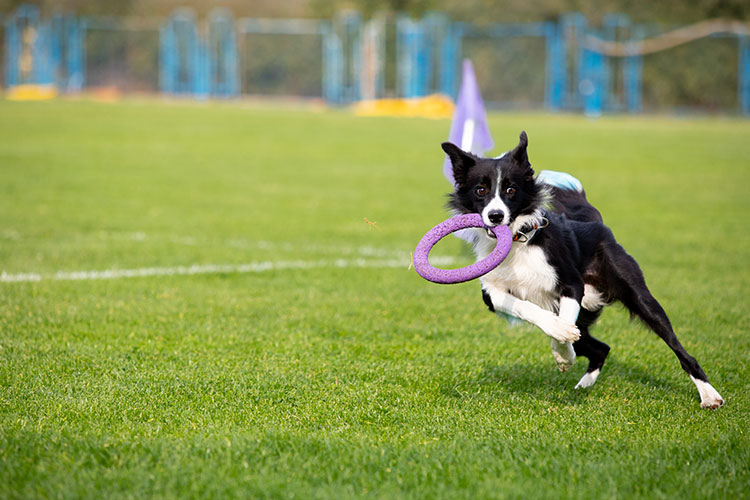
Engaging in physical activity gets your dog’s heart rate up and promotes healthy blood flow. Regular cardiovascular exercise leads to improved circulation, even during periods of rest. This enhanced circulation aids in transporting essential nutrients to the skin and various organs, resulting in not only enhanced overall well-being but also improved skin and coat quality for your dog.
Furthermore, regular exercise plays a pivotal role in preventing obesity, a key factor in overall body inflammation and declining health. Both of these factors can contribute to a decrease in the quality of your dog’s fur over time.
8. Ensuring Your Dog’s Optimal Well-Being

Image credit: Freepik.com
When your dog enjoys robust health, the nutrients they intake play a pivotal role in regular bodily functions and maintenance, which includes supporting organ operation, digestion, cell renewal, muscle repair, and more. After fulfilling these foundational needs, any surplus nutrients can be allocated for supplementary tasks, including nurturing your dog’s luxurious coat.
However, pets suffering from illnesses, be it an infection, organ dysfunction, parasites, stress, or endocrine disorders, must channel more resources and energy toward battling the illness and any resulting inflammation. As a result, they are unable to allocate nutrients for promoting healthy skin and a lustrous coat, as the primary focus shifts to recovery.
When to Reach Out to Your Veterinarian
If your dog’s coat remains lackluster despite applying all the aforementioned tips, or if they exhibit any other signs of illness such as decreased energy or loss of appetite, it’s advisable to reach out to your veterinarian. A lackluster, dry coat or skin that’s flaky and crusty could potentially indicate an underlying medical concern. Even if your dog appears fine on the surface, your veterinarian’s expertise and trained observation might unveil issues that even the most dedicated pet parents might overlook.
By providing your dog with a high-quality, well-balanced diet, incorporating beneficial supplements, establishing a regular grooming routine, and prioritising their overall health, you’ll be rewarded with a joyful canine companion. What’s more, your dog’s glossy coat will surely turn heads during your leisurely stroll around the neighbourhood!
Does your pet need a ride to a veterinarian appointment? JoJo Pets can help. JoJo Pets, a pet taxi service in Malaysia, provides safe and timely pet transportation to pet clinics. Let us know if you have any questions. Book a ride with us today!
JoJo Pets also offers cashless payment with their JoJo Wallet, including all major e-wallets, credit/debit card as well as online banking.
Download the JoJo Pets app today for exclusive news and offers at https://jojo-pets.com/
